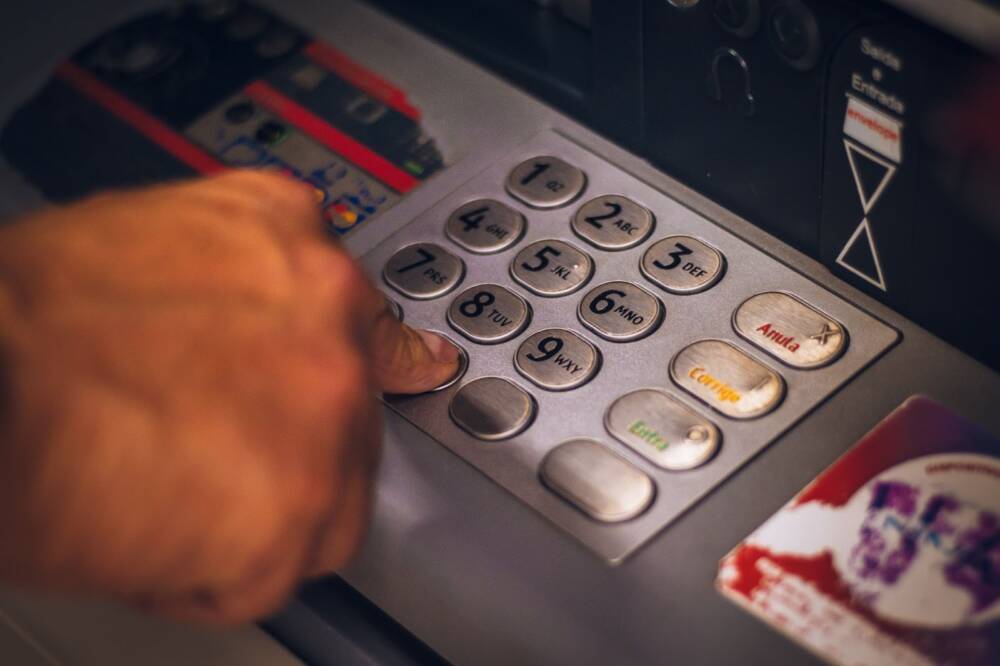A finance company draft ensures the recipient has a guarded form of payment. Bank draft by name means “compiled,” or variable apparatus that can be used as payment the same way check is used. Unlike check payment, although the releasing finance company pledges a bank draft. The complete amount of the draft is written from the appealing payers’ record. Their finance company account balance reduces by the money debited from the account, and it is mostly on hold in a common record account till the recipient withdraws the draft.
Clients usually have so many forms of approach accessible when they require a guarded, qualified payment choice. They may expect them to guard a residence or for a down payment for very large goods. Qualified payment choices render the recipient security ensuring that the budget is available. These choices include qualified checks, line transfers, and also bank drafts.
The finance company compilation is also known as banker’s draft, bank teller check, or bank check. All these are just like the cashier’s check. These are guarded payment choices that are pledged to issuing finance companies, for so many reasons, for a huge amount of cash. Whenever a client demands a bank draft, the agents always ensure that they have more than enough cash in their account to surpass the amount demanded. Once it has been confirmed, the bank will debit the cash from the client’s account and send it immediately to a common record or interior account.
The finance company arranges the draft with the recipient details such as name and the amount. This compilation has sequent numbers that ascertain the rescheduled client apogee and might even include encryption which will ascertain it as a lawful monetary apparatus that is possible to agree upon when introduced by the recipient to the financial company. Although the budget has already been debited from the appealing clients’ account, the releasing financial company eventually becomes the payer.
As said earlier, bank compilation stands as an applicable and guarded form of making payments. They may be wanted by the seller when they have no connection with a purchaser, when a business which has to do with a huge amount of cash, or maybe the seller feels getting his payment might be difficult, especially if a seller may demand a bank draft when selling out a building property or vehicle. Definitely, the seller may not receive his payment with the bank draft if the financial company becomes bankrupt and does not have any accolade that is an exceptional draft or, most importantly, if the draft is fake.
Most financial companies usually bill their clients for the draft. This shows that in addition to the amount of the draft, the appealing clients might be exposed to pay a fee, and sometimes it is a flat amount which mostly depends on the complete amount of the issued draft, or sometimes a proportion of the issued draft. Some finance companies may surrender the bills to a client who has an outstanding connection with the company or the class of people known to be the High Networth Individuals.
Things to Observe in a Bank Draft
Some finance companies do not usually indicate “stop payment” on drafts as far as they have been giving out. This is because the business has already occurred according to their accounts. If the buyer decides to return the transaction, the finance company at this period usually demands that they reclaim the draft for the total amount. Sometimes, in most situations, it is safe to withdraw or exchange a stolen or demolished draft as far as the client has the right proof.
Understanding Money Order and Bank Draft
When one learns about money order and bank draft, one will understand that they are both prepaid with an identified sum engraved on the apparatus itself. Everyone of each is taken to be a guarded form of transactions from a third-party institution. Although a bank draft is a written check on a bank’s budget after approving the sum from the issuer’s order, money is involved when dealing with a money order. The person who pays does not have to go with a huge sum of cash when using a bank draft or money order.
It is proper to note that only a financial institution may give out a bank draft, whereas only a qualified store or postal office and finance companies give out money orders. Because money orders are usually used to smuggle funds, a lot of government administrations have reduced the amount of funds to be converted into money orders. A finance company’s total sum can be greater. Because of the restricted sums engraved on the money order and the steps most finance companies get involved in when giving out drafts, money orders cost cheaper than the amount required for a bank draft. Getting a bank draft is more stressful and tough than receiving a money order; this is so because a person paying should go to their banks and buy the draft instead of making use of the attainable institutions that issue a money order.
Difference Between Check and Payable Draft
A draft may sometimes resemble and work in various forms, just like a check, yet some differences are attached to it. It is worthy to note that the draft is a lawful account in a written form, and it serves extra protection for the allocation of money between an organization and a trader.
A bank tends to form the draft in place of a business; it usually requires an automatic identification and has a basis of particular merit or funds within an account. A draft is done instantly and will debit cash immediately from the account, while checks need time to be worked on directly from the issuing finance company and the account possessor.





